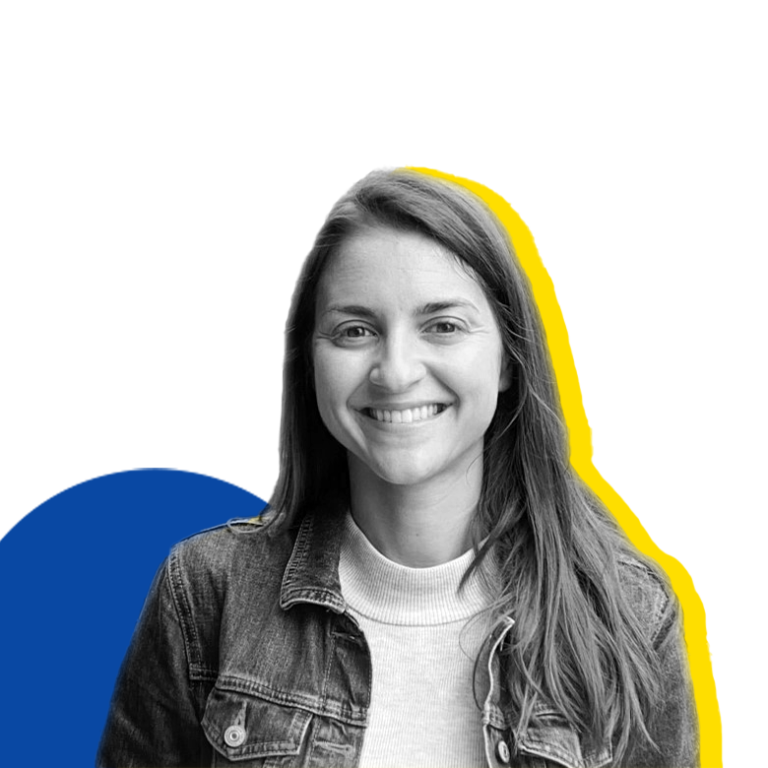Co-design
The method
Co-design is the process of involving multiple stakeholders in defining a problem. It can be used in the context of the design of products, services, or activities. It typically contributes to the identification of unexpected issues, collaboration opportunities, and impacts.
Co-design will support you in making your solutions more relevant, effective, and satisfying to the people who will use them. The process can be iterative and make use of various tools depending on the nature of the problem, the context, and the participants.
Stakeholders are not involved as research subjects or merely consulted, but rather act as designers throughout the collaboration.
Express module
The process of co-design is composed of three to five workshops of a duration of around three hours. It can be adapted to specific aspects of the topic at hand and its context.
The workshops can be held partially online and they are usually shaped to match the composition of the group or final product. The recruitment of participants is conducted by the client/partner.
Full module
A full co-design module is particularly suited for achieving a deeper understanding of priorities, needs, desired scenarios and ecosystem actors around a topic, service, or product. It typically represents the first step into the development of solutions through co-creation. It leads to the identification of common ground and convergent priorities and ideas that represent a key starting point to successfully address changes and challenges.
It is composed of an initial phase dedicated to understanding the problem and its context (which can be shortened or skipped in case the client has previously performed an assessment of the challenge and its ecosystem). This is followed by a series of facilitated workshops to explore views, challenges and ideas of each relevant stakeholder around the identified problem. These participatory workshops lead to the identification of common ground which allows to overcome tensions and encourages participants to join forces towards the development of shared solutions. Stakeholders are brought together in a final common session to plan the next steps.
The process
Learn more about our co-design process
Policy recommendations, knowledge valorisation, value creation and impacts assessment of R&I.
Deep understanding of a challenge from multiple perspectives, idea generation, and agreement on a solution to be further explored.
- Gain a deeper understanding of your clients and stakeholders’ needs and values.
- Generate solutions that are more creative, effective, and are user-centred, leading to greater stakeholder satisfaction.
- Obtain a more cost-effective use of resources (e.g. lower development costs and time).
- Increase trust between your company/institution and your service/product users while improving relationships and promoting your brand.
Express module: 60-120h
Full module: 300h
1. Identification of the challenge
Three-hour workshop (face-to-face) with participants in plenary and small groups. After introductory sessions, the focus is on creating a shared understanding of obesity issues in the national context.
2. Identification of opportunities
Three-hour workshop (face-to-face) working in plenary and small groups. Identification of the opportunities offered to advocate for a new national plan to fight obesity.
3. Ideation of sollutions
Three-hour workshop (face-to-face) working in plenary and small groups. Based on the results of the two previous workshops, definition of a shared strategy to build the national plan for obesity.
1. Mapping and understanding the ecosystem
Internal work to identify and engage stakeholders, including desk research and literature review, as well as interviews with key players.
2. Participatory workshops
Four half-day face-to-face participatory workshops involving different types of stakeholders separately. The objective was to gain in-depth understanding of their views, needs and challenges around unsold food. These workshops were carried out with end users, civil society organisations and public authorities.
3. Data analysis
Internal phase to understand each of the stakeholder groups’ views and emerging patterns. This phase is key to elicit convergence and divergence around the topic.
4. Multi-stakeholder participatory workshop
One-day face-to-face workshop with two main objectives: to reflect together around common challenges and think about possible solutions, and to co-design the next steps of the process.
5. Analysis of the process and recommendations
Internal phase with the client to analyse the process, evaluate the results and draft recommendations on the next steps.
Interested to chat with us and explore an idea further?
Don’t hesitate to send a quick message to info@stickydot.eu and schedule a short half-hour call with us, at your convenience.
